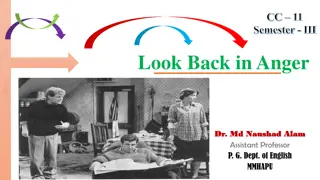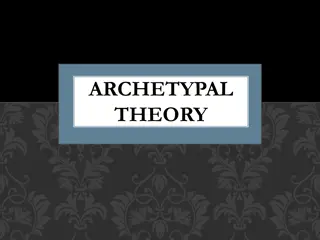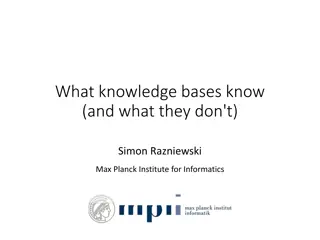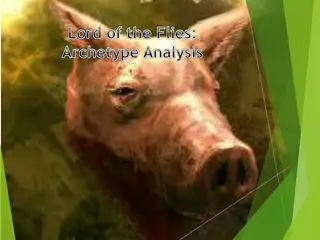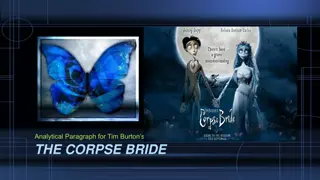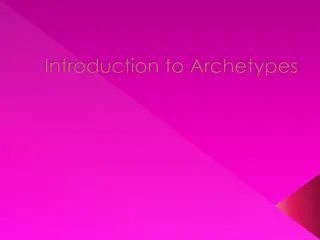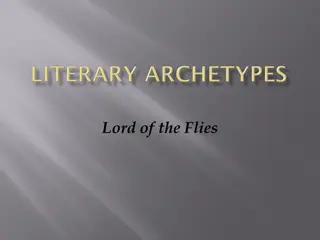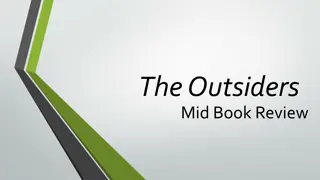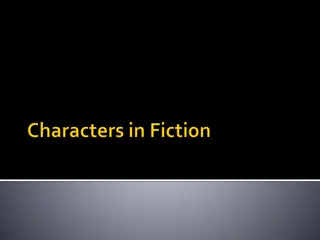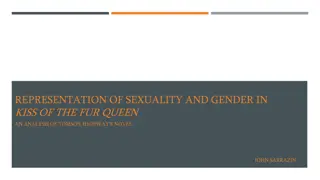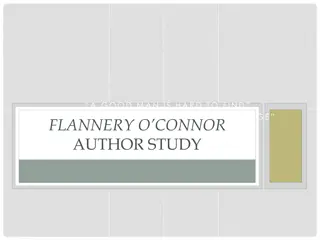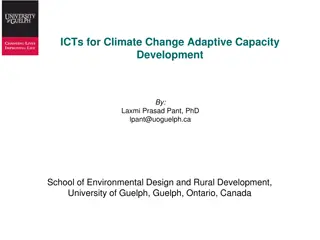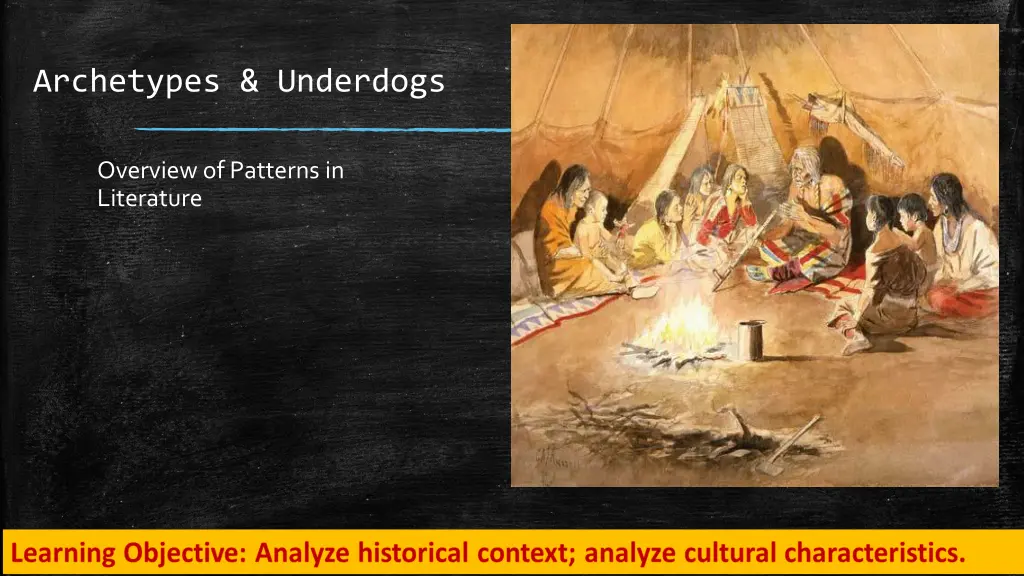
Patterns in Literature: Archetypes and Underdogs Overview
Explore common character archetypes, situational archetypes, and symbolic archetypes in literature, ranging from mentors and heroes to quests and battles between good and evil. Discover the underlying patterns shaping storytelling and character development.
Download Presentation

Please find below an Image/Link to download the presentation.
The content on the website is provided AS IS for your information and personal use only. It may not be sold, licensed, or shared on other websites without obtaining consent from the author. If you encounter any issues during the download, it is possible that the publisher has removed the file from their server.
You are allowed to download the files provided on this website for personal or commercial use, subject to the condition that they are used lawfully. All files are the property of their respective owners.
The content on the website is provided AS IS for your information and personal use only. It may not be sold, licensed, or shared on other websites without obtaining consent from the author.
E N D
Presentation Transcript
Archetypes & Underdogs Overview of Patterns in Literature
Common CharacterArchetypes 1. Mentor uses personal knowledge of people and the world to help tell stories and offer guidance 2. Hero in the face of danger and adversity or from a position of weakness, display courage and the will for self-sacrifice 3.Warrior protects emotional boundaries and asserts our needs in the world 4. Child represented by a human or a god who is considered an innocent without corruption a celebration of the uniquely female act of creation; typically seen as both nurturing and caring, as well as volatile and temperamental 5. Mother 6. Trickster embodies the energy of mischief and the desire for change 7. Herald the person or piece of information which upsets the equilibrium in which the hero has lived and starts the adventure 8. Shapeshifter changes role or personality, often in significant ways, and is hard to understand
Common CharacterArchetypes 9. Anima associate with our inner, subconscious images of male and female gender roles 10. Self Self-sufficient, will seek out a new adventure 11. Shadow a negative figure, representing things we don't like and would like to eliminate 12. Maiden represents purity, innocence, and, in all likelihood, naivet 13. Creator the all-powerful omniscient figure responsible for the condition of the world typically physical representations of the duality of nature; quite often they are in either direct opposition or total accord with each other, little middle ground 14. Twin 15. Original Man His journeys typically explain the most basic foundations and functions in day to day living for a culture
SituationalArchetypes 1. THEQUEST- search for someone or some object, which when it is found and brought back will restore life 8. THE UNHEALABLE WOUND a wound that is either physical or psychological; it cannot be healed fully 2. THETASK- hero performs some superhuman deed to identify himself so that he may assume his rightful position 9. DEATH AND REBIRTH deals with the similarities between the cycle of nature and life 3. THE JOURNEY the hero goes in search of some truth or information 10. NATURE vs. MECHANISTIC WORLD-technology separates people from nature, or the natural world, is bad 4. THE INITIATION- the adolescent comes into his/her maturity with new awareness and problems along with a new hope for the community 11. BATTLE BETWEEN GOOD AND EVIL good triumphs over the opposing force of evil despite great odds 5. THE RITUAL actual ceremony that marks a new stage (rite of passage) in life 6. THE MAGIC WEAPON hero needs in order to complete the quest; usually no one else can wield it. 7. THE FALL-characters experience a loss of innocence and often experience an expulsion
Symbolic Archetypes 1. LIGHT vs. DARKNESS knowledge vs. ignorance; good vs. evil; honesty vs. deception 2. INNATE WISDOM vs. EDUCATED STUPIDITY Uneducated characters can often be wise using their common sense while some very educated characters have no common sense 3. SUPERNATURAL INTERVENTION Deus ex Machina (an unexpected power or event saving a seemingly hopeless situation, especially as a contrived plot device in a play or novel);the saving influence of God, a higher power (Native American), a mythological god 4. FIRE VS. ICE fire, a positive archetype, can represent knowledge, light, life, and rebirth while ice can represent ignorance, darkness, sterility, and death 5. HAVEN vs. WILDERNESS safety vs. exposure and unpredictable natural elements 6. WATER vs. DESERT life-giving source vs. barren, dangerous, life -less environment 7. HEAVEN vs. HELL good vs. bad; sacred vs. evil; paradise vs. punishment
Multiple Perspectives: Remember This? Do you see the rabbit or the duck? Do you see the old woman or the young woman?
Multiple Perspectives A necessary first step in understanding Literary Criticism is the acceptance of multiple perspectives in literature as valid interpretations of text. This means there is no single theory, perspective, or truth about literature we read together and how we teach it. (Applebaum 10). In other words, there are multiple correct answers so what matters in determining the validity of an interpretation is how you support your answer.
What is a Critical Lens? Literary criticism is an attempt to evaluate and understand the creative writing, the literature of an author. Literary criticism is a description, analysis, evaluation, or interpretation of a particular literary work or an author's writings as a whole in an attempt to expose the hidden ideologies embedded in those texts. Critical Lenses are different perspectives through which the reader can view a text. We will use these terms, and you will incorporate them into everything that we read and discuss this year.


